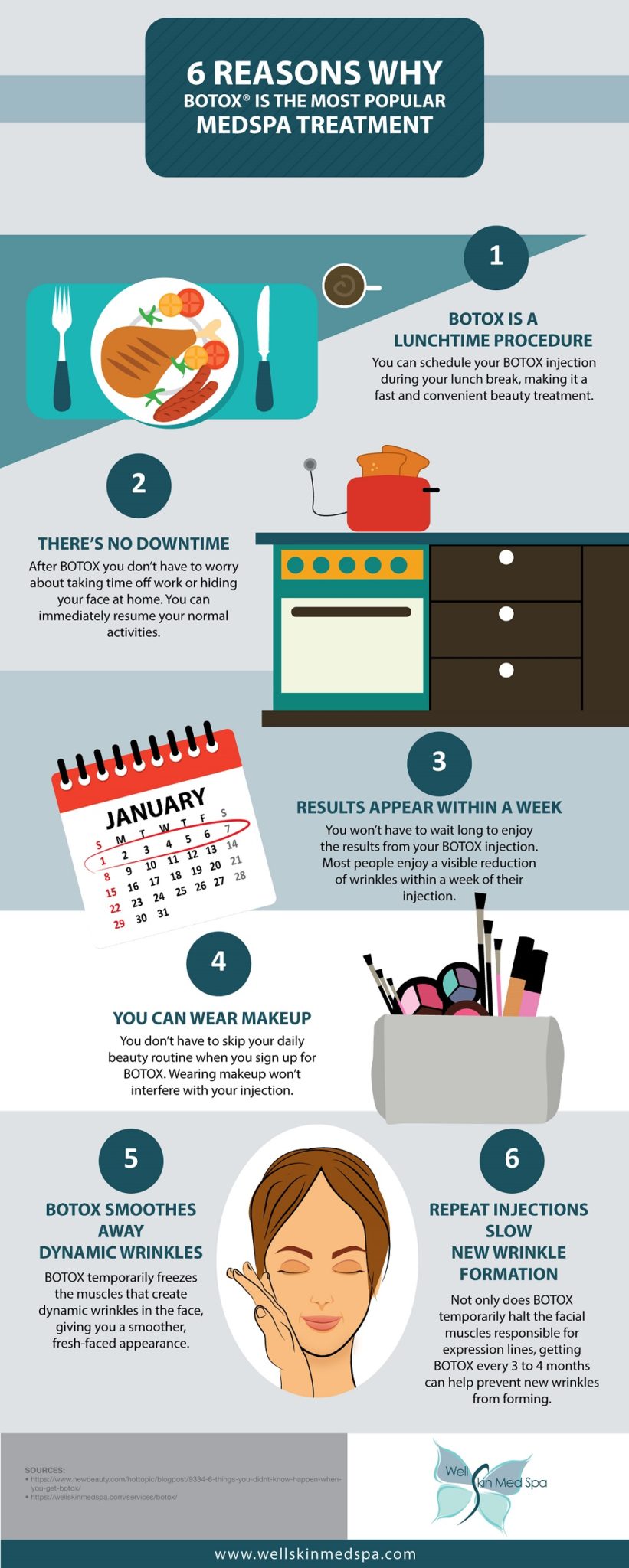What Are The Differences And Similarities In Between SMILE Eye Surgery And LASIK And PRK?
What Are The Differences And Similarities In Between SMILE Eye Surgery And LASIK And PRK?
Blog Article
Write-Up Author-Dreyer Waller
If you've been considering SMILE eye surgery, you might wonder how it compares to LASIK and PRK. Each treatment has its own collection of advantages and considerations. From quicker recovery times to possible dangers, there are key distinctions you ought to be aware of before making a decision. Comprehending these differences will certainly aid you make an informed selection that straightens with your particular demands and expectations. Curious to understand more concerning how these procedures compare in detail? Keep discovering to gain an extensive understanding of SMILE, LASIK, and PRK.
SMILE Eye Surgery Introduction
If you're taking into consideration SMILE eye surgical procedure, you'll find it to be a minimally intrusive procedure with a quick healing time. Throughout SMILE (Little Cut Lenticule Removal), a laser is used to produce a little, precise cut in the cornea to remove a little piece of cells, reshaping it to correct your vision. This varies from LASIK, where a flap is developed, and PRK, where the outer layer of the cornea is completely gotten rid of.
One of the key advantages of SMILE is its minimally invasive nature, leading to a faster healing procedure and much less pain post-surgery. The recuperation time for SMILE is fairly fast, with many people experiencing enhanced vision within a day or more. This makes it a popular selection for those seeking a hassle-free and effective vision adjustment procedure. Furthermore, SMILE has been shown to have a lower risk of dry eye syndrome contrasted to LASIK, making it a desirable option for people worried concerning this possible negative effects.
Differences Between SMILE, LASIK, and PRK
When contrasting SMILE, LASIK, and PRK eye surgical treatments, it's important to comprehend the distinct methods made use of in each procedure for vision improvement.
SMILE (Tiny Cut Lenticule Extraction) is a minimally invasive treatment that entails creating a small cut to remove a lenticule from the cornea, improving it to deal with vision.
LASIK (Laser-Assisted In Situ Keratomileusis) entails producing a slim flap on the cornea, making use of a laser to reshape the underlying cells, and then rearranging the flap.
PRK (Photorefractive Keratectomy) eliminates the external layer of the cornea prior to reshaping the tissue with a laser.
The primary distinction lies in the means the cornea is accessed and dealt with. SMILE is flapless, making it a great choice for individuals with slim corneas or those involved in contact sporting activities. LASIK supplies fast aesthetic recovery because of the flap production, yet it may posture a greater danger of flap-related difficulties. PRK, although having https://thecnnfreedomproject.blogs.cnn.com/2011/04/18/victims-break-chains-of-slavery/ , prevents flap-related concerns altogether.
Understanding these variances is vital in choosing one of the most suitable treatment for your vision adjustment demands.
Advantages And Disadvantages Contrast
To assess the benefits and disadvantages of SMILE, LASIK, and PRK eye surgical procedures, it's essential to consider the specific advantages and possible restrictions of each treatment. SMILE surgery supplies the benefit of a minimally invasive procedure, with a smaller sized laceration and potentially quicker recuperation time compared to LASIK and PRK. It additionally minimizes the threat of completely dry eye post-surgery, a typical adverse effects of LASIK. However, SMILE may have restrictions in dealing with higher levels of myopia or astigmatism compared to LASIK.
LASIK surgical treatment gives fast aesthetic recovery and minimal pain during the treatment. It's extremely reliable in treating a wide range of refractive mistakes, including nearsightedness, hyperopia, and astigmatism. Yet, LASIK brings a risk of flap difficulties, which can impact the corneal framework.
PRK eye surgery, while not as prominent as LASIK, stays clear of developing a corneal flap, minimizing the danger of flap-related difficulties. It appropriates for patients with thin corneas or irregular corneal surfaces. Nonetheless, PRK has a much longer healing time and might entail a lot more pain throughout the recovery process.
Conclusion
So, when it concerns picking between SMILE, LASIK, and PRK, think of it like selecting the excellent set of footwear. https://pros-and-cons-of-monovisi95059.blogchaat.com/35590489/discover-inspiring-cataract-surgical-treatment-success-stories-from-genuine-people-learn-just-how-they-regained-their-vision-and-transformed-their-lives is like a sleek, comfy set of sneakers - fast and simple.
LASIK is a lot more like trendy high heels - showy and quick, but with some potential risks.
PRK is like durable treking boots - reputable and resilient, yet calling for a bit more effort and time.
Inevitably, the most effective choice depends upon your specific needs and choices.
